Why the Normal Definition of Leadership is Wrong
LeadFirst CEO Gary Harpst (formerly the CEO of Six Disciplines) explains why the normal definition of leadership is WRONG, and how you need to reset your sights on what it really means.
Let's talk about what leadership really means.
And by leadership, we mean that everyone in the organization needs to be challenged to both lead and to manage wealth. Let’s talk about the definition. Management is doing things right. Leadership is doing the right things. This is a quote from Peter Drucker, the father of modern management.
And we agree with his definition, but we would add a clarification that so many times people lapse into thinking leadership is something people at the top need to exert, management is something that people in the middle need to be good at, and people at the bottom need to be good at executing the work. And our view is that leadership and management need to be done by every single position in the organization.
There’s a knowing what the right thing to do aspect of every role, and there’s a doing it. Both are critical. And so, we see five types of leadership, five leadership roles. It does not mean it’s a position. It means it’s a role you serve in, and you can serve in more than one.
The first is strategic leadership , which focuses on long term, where does the organization need to go? It’s long-term time horizons. The next one is a functional leadership , where you have a group of people in a department who have expertise in sales, or engineering, or marketing, or IT, and the thing that unites them is they’re deep in knowledge on that particular topic. That’s a different kind of leadership.
A third kind of leadership is what we call project or change leadership . It’s the ability to bring about a cross-functional group of people together to solve some particular long-term strategic problem. And it takes a different kind of leadership, because these are people that don’t report to you, and they’re parts of different departments. Different functional capability is very different makeup.
And then the fourth kind of leadership is what we call process leadership . That’s the idea of cross-functional groups that have an ongoing responsibility, sort of like a committee. And last of all is probably the most important, is self-leadership . These are the capabilities every single person has to have to know how to be responsible and accountable, and do their job, to have the discipline to do their job.
The alternative to these kinds of leadership is bureaucracy. When you find an organization creating lots of rules, it’s because they don’t trust the behavior, the leadership capability of the people in the organization.
Subscribe to the LeadFirst Briefing
Conquer Chaos in Your Business
- Order copies of Built to Beat Chaos for your team
- Lead your team through the Discussion Guide
- Set a vision for your business with the LeadFirst Purpose Workshop.





